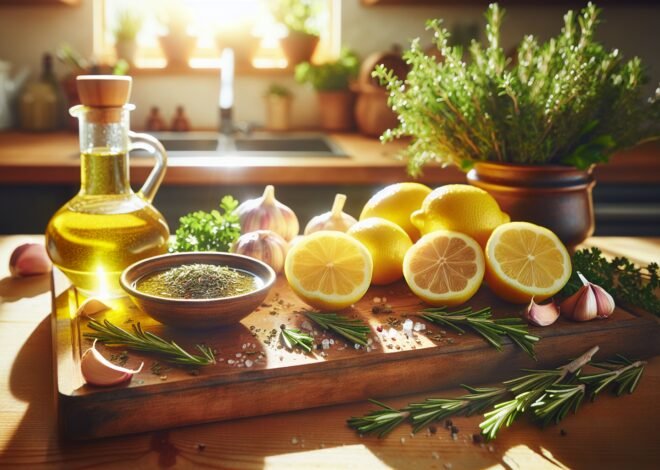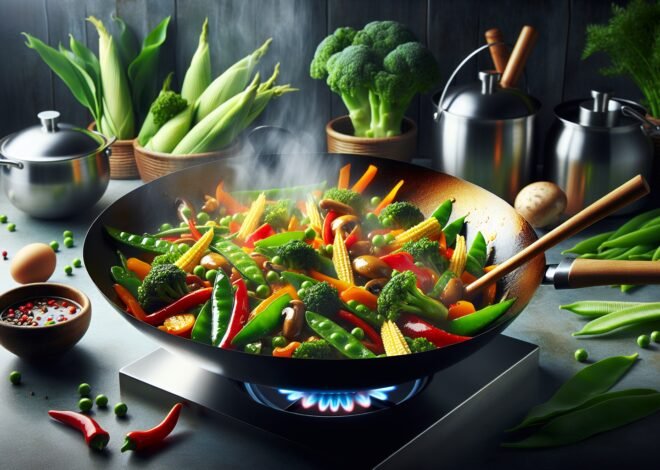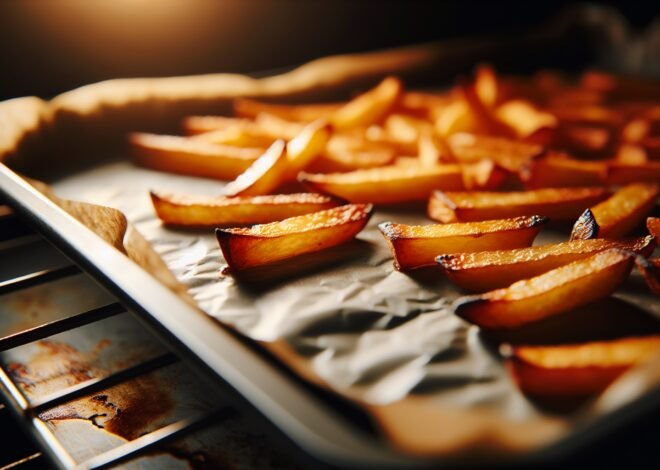
The Difference Between Measuring by Weight and Volume
Weight vs volume measurements play a crucial role in precision for cooking, chemistry, and various industries. Did you know a cup of flour measured by volume might weigh less than another cup measured by weight? This difference can significantly impact results, especially in baking. This post will explore why weight measurements offer more accuracy, the convenience of volume measurement, and when to use one over the other. Understanding these differences enhances consistency and improves outcomes in recipes and scientific applications. Stay tuned to find out how these measurement methods can elevate your precision in different scenarios.
Understanding Weight and Volume in Measurements
Grasping the nuances between weight and volume is crucial in the culinary world. Both play vital roles in how recipes turn out. Whether you’re a seasoned chef or a novice cook, understanding these concepts can elevate your cooking and baking. This section delves into their definitions, differences, and their impact in the kitchen.
Definitions and Key Differences Between Weight and Volume
Weight measures the heaviness of an ingredient. Commonly expressed in grams or pounds, weight provides precision. Volume, on the other hand, measures the space an ingredient occupies. It’s typically expressed in liters or cups.
While weight depends on the substance’s mass, volume relies on the item’s density. Flour and sugar may occupy the same cup space, but their weight will differ significantly. This distinction leads to variances in recipe outcomes.
Several factors make understanding these differences essential:
- Consistency: Weight provides more consistent results. This is crucial for baking, where precision is paramount.
- Density Variations: Ingredients like brown sugar can be packed tightly, affecting volume but not weight.
- Equipment: Scales measure weight, while cups and spoons measure volume.
In essence, knowing when to use each measurement ensures your culinary creations are successful every time.
The Accuracy of Measuring Ingredients by Weight
Measuring by weight is the gold standard for accuracy. Scales eliminate guesswork, providing precise ingredient amounts. This precision is especially important in baking. A slight error in measurement can lead to a cake that’s too dense or bread that doesn’t rise.
Digital kitchen scales have revolutionized home cooking. They offer:
- Tare Function: This feature allows you to zero out the weight of the container, ensuring only the ingredient’s weight is measured.
- Unit Conversion: Switch between metric and imperial units seamlessly.
- Incremental Measuring: Measure tiny amounts with precision, perfect for spices or leavening agents.
This method reduces waste and enhances consistency. Unlike volume, weight measurement isn’t affected by how tightly an ingredient is packed. This results in recipes that turn out as intended, regardless of who’s doing the measuring.
How Volume Measurements Impact Cooking and Baking
Volume measurements are indispensable in both cooking and baking. They offer convenience and speed, crucial in everyday meal prep. When precision is less critical, volume saves time and effort.
Volume’s effectiveness depends on the ingredient’s nature. Liquids like water and milk work well because they don’t compress. However, powders like flour can vary greatly in volume depending on how they’re scooped.
The impact of volume measurements includes:
- Ease of Use: Quick and simple, no need for electronic devices.
- Versatility: Common in family recipes where precision isn’t as critical.
- Cost-Effective: No need to invest in digital scales.
While convenient, volume measurements can introduce variabilities, especially in baking. Understanding these nuances can help you decide when volume suffices and when weight is necessary for success.
Pros and Cons of Measuring by Weight vs Volume
Both weight and volume measurements have their place in the kitchen. Understanding their advantages and limitations can make a significant difference in your cooking experience. This section explores the pros and cons of each, detailing when one might be preferred over the other.
Advantages of Using Weight Measurements in Recipes
Weight measurements offer numerous advantages, particularly in baking. They ensure precision, leading to consistent results every time.
Some key benefits include:
- Accuracy: Precise measurements eliminate guesswork, enhancing recipe reliability.
- Consistency: Ensures uniformity across different batches, essential for baking.
- Flexibility: Easily adjust recipes by scaling ingredients up or down.
In professional kitchens, weight is the standard for ingredient measurement. This ensures quality and uniformity across all dishes. For home bakers and cooks, adopting weight measurements can elevate the quality of their culinary creations.
Limitations of Measuring Ingredients by Volume
Measuring by volume, while convenient, poses several limitations. These can affect the outcome of your dishes, particularly in baking.
Key limitations include:
- Inconsistency: Scooping techniques can vary the volume of an ingredient.
- Density Variability: Ingredients like flour can compress, altering the intended amount.
- Liquid Challenges: Viscous liquids may cling to cups, affecting measurement accuracy.
Despite these drawbacks, volume remains popular due to its simplicity. However, knowing these limitations can help you decide when weight might be the better option for certain recipes.
Scenarios Where Volume Measurements Are Preferred
Volume measurements still hold their own in many cooking scenarios. They’re especially useful when precision is less critical.
Ideal situations for volume measurements include:
- Quick Meal Prep: Speed and convenience in everyday cooking.
- Family Recipes: Traditional recipes often rely on volume, embracing simplicity over precision.
- Large Batch Cooking: When making large quantities, slight variances are negligible.
In these cases, volume offers a practical solution. It simplifies the cooking process and often suffices for non-baking recipes where texture and rise aren’t as dependent on precision.
Tools for Accurate Weight and Volume Measurement
Having the right tools is essential for accurate measurement, whether by weight or volume. They can greatly influence the success of your recipes. This section discusses the essential equipment needed for both methods, ensuring precision and consistency in your cooking endeavors.
Essential Kitchen Scales for Precise Weight Measurements
Kitchen scales are indispensable for accurate weight measurement. They offer a level of precision that volume measurements can’t match. Modern digital scales have made this easier than ever, providing features that enhance their usability.
Features to look for in kitchen scales:
- Tare Functionality: Zero out the container weight, measuring only the ingredient.
- Unit Conversion: Switch between grams, ounces, and pounds easily.
- High Capacity: Accommodate large quantities for batch cooking.
- Compact Design: Easy storage without taking up much space.
Investing in a good kitchen scale can transform your cooking. It provides the accuracy needed for baking and the flexibility to experiment with new recipes confidently.
Types of Measuring Cups and Spoons for Volume
Measuring cups and spoons are staples in any kitchen. They offer a quick and straightforward method for volume measurement. However, the type you choose can impact your measurement’s accuracy.
Types of measuring tools:
- Dry Measuring Cups: Designed for ingredients like flour and sugar. Level off with a straight edge for precision.
- Liquid Measuring Cups: Made with a spout for easy pouring, perfect for milk and water.
- Measuring Spoons: Ideal for small amounts, both dry and liquid.
Using the right measuring tool ensures more accurate volume measurements. This can make a significant difference in the outcome of your recipes, particularly in baking.
Tips for Consistent Measuring Regardless of Method
Consistency is key, whether you’re measuring by weight or volume. Following these tips can help ensure your measurements are as accurate as possible, leading to more reliable cooking results.
Consistency tips:
- Read the Meniscus: For liquids, ensure you’re measuring at eye level to avoid errors.
- Use the Spoon-and-Sweep Method: For flour, spoon it into the cup and level it off.
- Regular Calibration: Check your scale’s accuracy periodically.
- Standardize Measuring Tools: Stick to one set of measuring cups and spoons for uniformity.
By incorporating these practices, you can enhance the accuracy of your measurements. This leads to better and more consistent results in your cooking and baking endeavors.
Conclusion
Weight measurements determine the heaviness of an object, while volume measurements assess the space it occupies. Weight is measured in units like grams or pounds, and volume is measured in liters or cubic meters. The relationship between weight and volume is influenced by the density of the material. High-density materials will weigh more for the same volume compared to low-density materials. Converting between weight and volume requires knowledge of the material’s density.
FAQ
How do weight and volume measurements differ in practical applications?
Weight measures the heaviness of an object, while volume assesses the space it occupies. In practical scenarios like cooking and shipping, weight affects cost and nutritional content, whereas volume influences packaging and storage.
What are the most common methods for converting weight to volume?
Common methods include using conversion tables and online calculators. These tools often require knowing the substance’s density, as it significantly impacts the conversion accuracy between weight and volume.
Why is it important to understand the relationship between weight and volume in shipping?
Understanding this relationship helps manage shipping costs and logistics. Carriers may charge based on dimensional weight, which considers both weight and volume. This knowledge ensures efficient and cost-effective shipping.
How does the density of a substance affect weight vs volume measurements?
Density plays a crucial role, as it determines how much a given volume of a substance will weigh. Higher density means more weight in a small volume, which is vital for conversions and calculations in various fields.
Can temperature influence the conversion between weight and volume?
Temperature can significantly impact measurements. Substances expand or contract with temperature changes, affecting volume. This variation requires adjustments in conversion calculations, especially in scientific and culinary applications.
What tools are recommended for accurate weight and volume measurement in cooking?
Digital scales and measuring cups or spoons are essential for precision in cooking. Digital scales provide accurate weight measurements, while graduated measuring tools ensure correct volume. These tools enhance recipe accuracy and consistency.











